Steaming Methods for Traditional Vietnamese Bánh Bao
12 min read Explore authentic steaming methods to perfect Vietnamese Bánh Bao, capturing its classic texture and flavor as part of Southeast Asian culinary heritage. July 05, 2025 00:05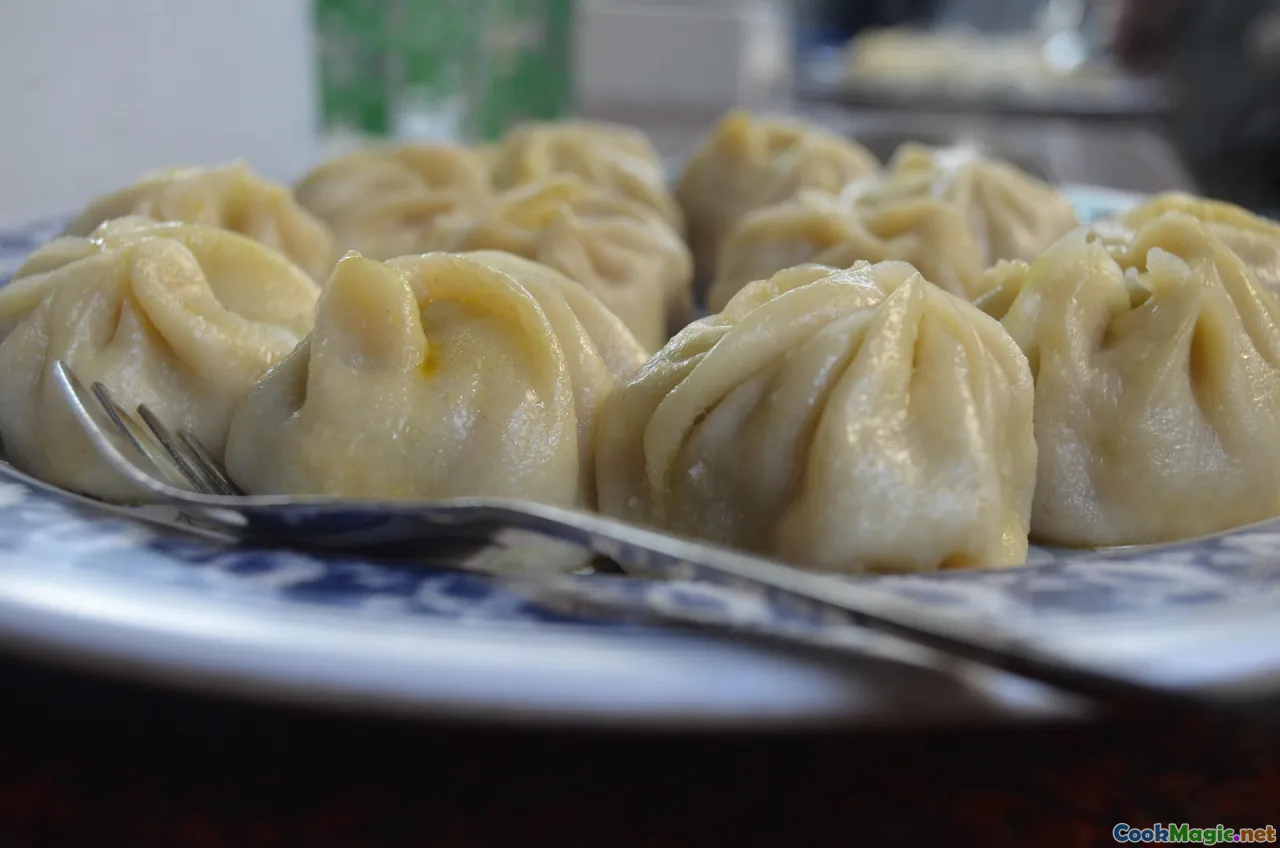
Steaming Methods for Traditional Vietnamese Bánh Bao
In the bustling food markets of Hanoi, Saigon, and Huế, there's an aroma that seems to drift above the crowded streets—warm, inviting, slightly sweet, and laced with the comforting scent of freshly steamed dough. This aromatic fragrance heralds the arrival of bánh bao, a beloved steamed bun that encapsulates Vietnam’s rich culinary tapestry woven through centuries of Chinese influence, local ingenuity, and familial traditions.
For anyone who has ever been lucky enough to indulge in a freshly made bánh bao, it’s hard not to associate its pillowy softness, delicate skin, and savory or sweet fillings with a sense of home and heritage. But beneath its appetizing exterior lies a fascinating world of steaming techniques that directly influence texture, taste, and presentation. As a culinary enthusiast and lover of Southeast Asian cuisine, I have spent years exploring different steaming methods employed across Vietnam, from traditional bamboo bamboo steamer stacks to modern electric steaming appliances. Today, let's embark on a flavorful journey into the art of steaming bánh bao—understanding both the craft and cultural significance behind each method.
The Cultural Significance of Steaming in Vietnamese Cuisine
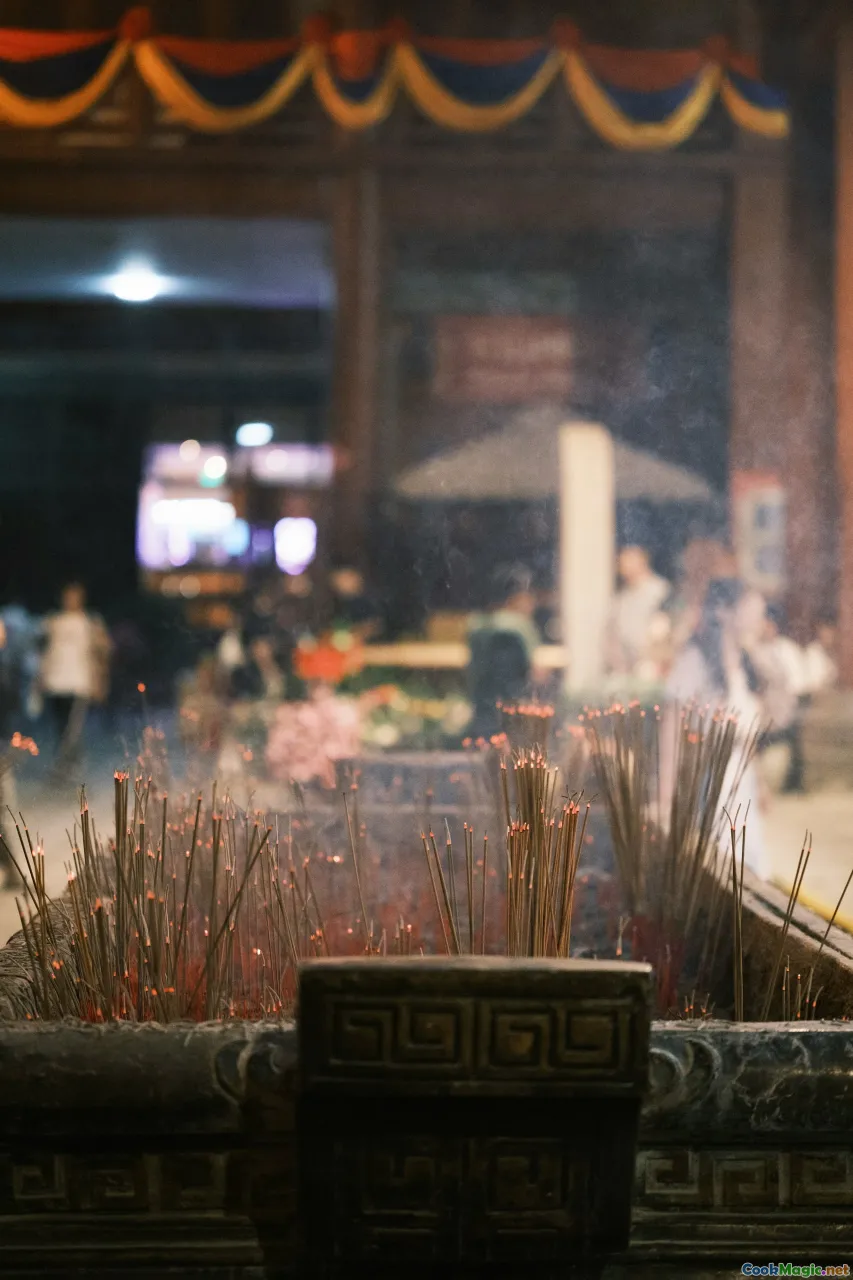
Steaming, as a cooking technique, holds a revered place in Vietnamese culinary traditions. Unlike frying or grilling, steaming preserves the natural flavors, nutrients, and moistness of ingredients. It is often associated with health, balance, and harmony—all core concepts rooted deeply within Vietnamese philosophy. Whether preparing bánh bao, sticky rice, dumplings, or fish, steaming is considered a purity of method that respects the integrity of ingredients.
The bánh bao itself is a fusion of indigenous Vietnamese style and Chinese influence, with its ancestors dating back to centuries of Chinese migration into Vietnam. Traditionally, Vietnamese families make these buns as part of breakfast or during special occasions, with steaming being the only accepted method for achieving the signature fluffy, soft, and slightly chewy texture. Moreover, steaming is accessible, simple, and eco-friendly, making it perfect for communal kitchens and street vendors alike.
Traditional Bamboo Steaming: The Heart of Authenticity
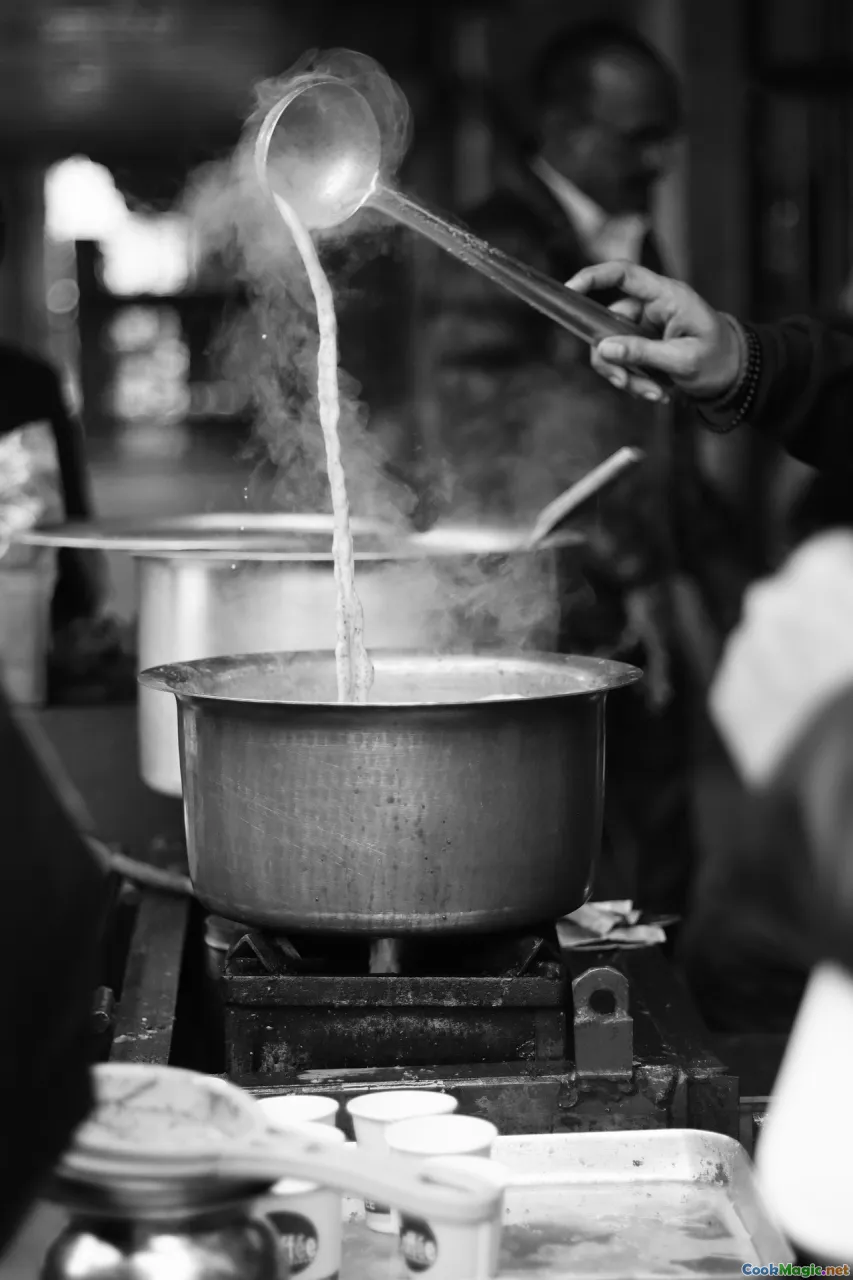
The most iconic and time-honored method for steaming bánh bao involves using bamboo steamers. This approach embodies Vietnamese culinary artistry—combining function, tradition, and sensory experience.
Crafting the Perfect Bánh Bao with Bamboo Steamers
To achieve the signature airy softness, the process begins with meticulously preparing the dough. Typically, a soft, slightly sticky dough is mixed from high-gluten flour, sugar, warm water, yeast, and a pinch of salt, kneaded until smooth and elastic.
Once the dough is proofed, it’s divided into small portions—roughly the size of a fist—and flattened into discs. Fillings—ranging from savory pork with mushrooms, Chinese sausage, or even a sunny egg—are carefully placed inside, and the dough is pinched shut.
The assembled buns are then placed on parchment paper squares or cabbage leaves to prevent sticking, and arranged in the bamboo steamer baskets. The bamboo maintains a steady, gentle heat, allowing the buns to rise and cook uniformly without drying out.
Steaming Technique
The key to mastery with bamboo steaming is controlling the heat. Boiling water is poured into a pot robust enough to support the bamboo steamer. Once boiling, the steamer is placed on top—cover it with the traditional conical lid—and steamed for approximately 15 to 20 minutes.
This method imparts a distinctive aroma—the subtle woodsy scent of bamboo combines with the warm, yeasty smell of the dough, creating an olfactory invitation that transports many Vietnamese to memories of childhood breakfasts or street stalls.
Benefits of Bamboo Steaming
- Gentle and Consistent Heat: Bamboo allows for a slow, even heat distribution that results in a soft yet cohesive bun.
- Flavor Preservation: The open structure of bamboo baskets prevents moisture build-up, avoiding sogginess.
- Aesthetic Appeal: Bamboo baskets lend an authentic, rustic charm to presentation.
Advanced Techniques: The Modern Electric Steamer
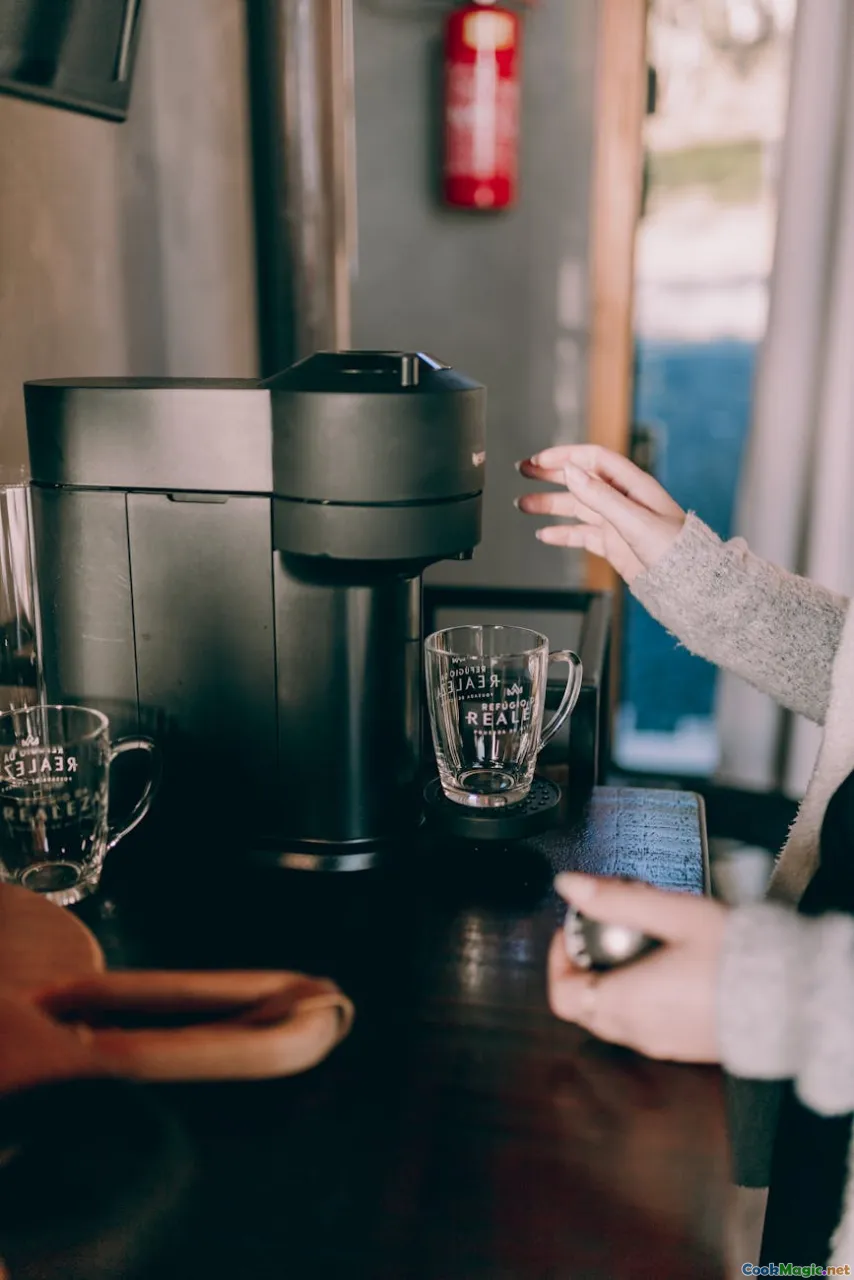
While traditional bamboo is revered, modern electric steamers have become indispensable for many contemporary households and commercial kitchens. These appliances offer precise temperature controls, timer functions, and consistency that simplifies the process.
Using an Electric Steamer for bánh bao
- Preparation: Similar to traditional methods, prepare the dough and fillings to your preferred recipe.
- Arrangement: Place the filled buns on parchment paper or silicone liners within the steaming trays.
- Heat settings: Typically, setting the electric steamer to high heat (around 100°C or 212°F) and allowing it to preheat ensures uniform steaming.
- Steaming Duration: Cover and steam for 15 to 20 minutes, checking that the buns are puffy, soft, and cooked through.
Comparing Results
- Texture: Electric steamers tend to produce buns with slightly more uniform appearance, as temperature control prevents over-steaming.
- Convenience: No need for repeated water topping or tending—set it and forget it.
- Flavor: The flavor profile remains consistent; however, some purists argue that bamboo’s natural aroma adds a unique depth.
Hybrid Methods and Innovative Practices

Innovators and passionate home cooks have experimented with hybrid steaming methods combining traditional bamboo baskets with modern appliances. For instance, lining bamboo steamer baskets with silicone mats or parchment to ease cleaning, or using a sous-vide method for dough fermentation before steaming.
Moreover, incorporating aromatic herbs—lit used within bamboo baskets—can infuse baked buns with hints of pandan, lemongrass, or ginger, elevating the sensory profile of bánh bao.
Tips for Perfect Bánh Bao Steaming Every Time
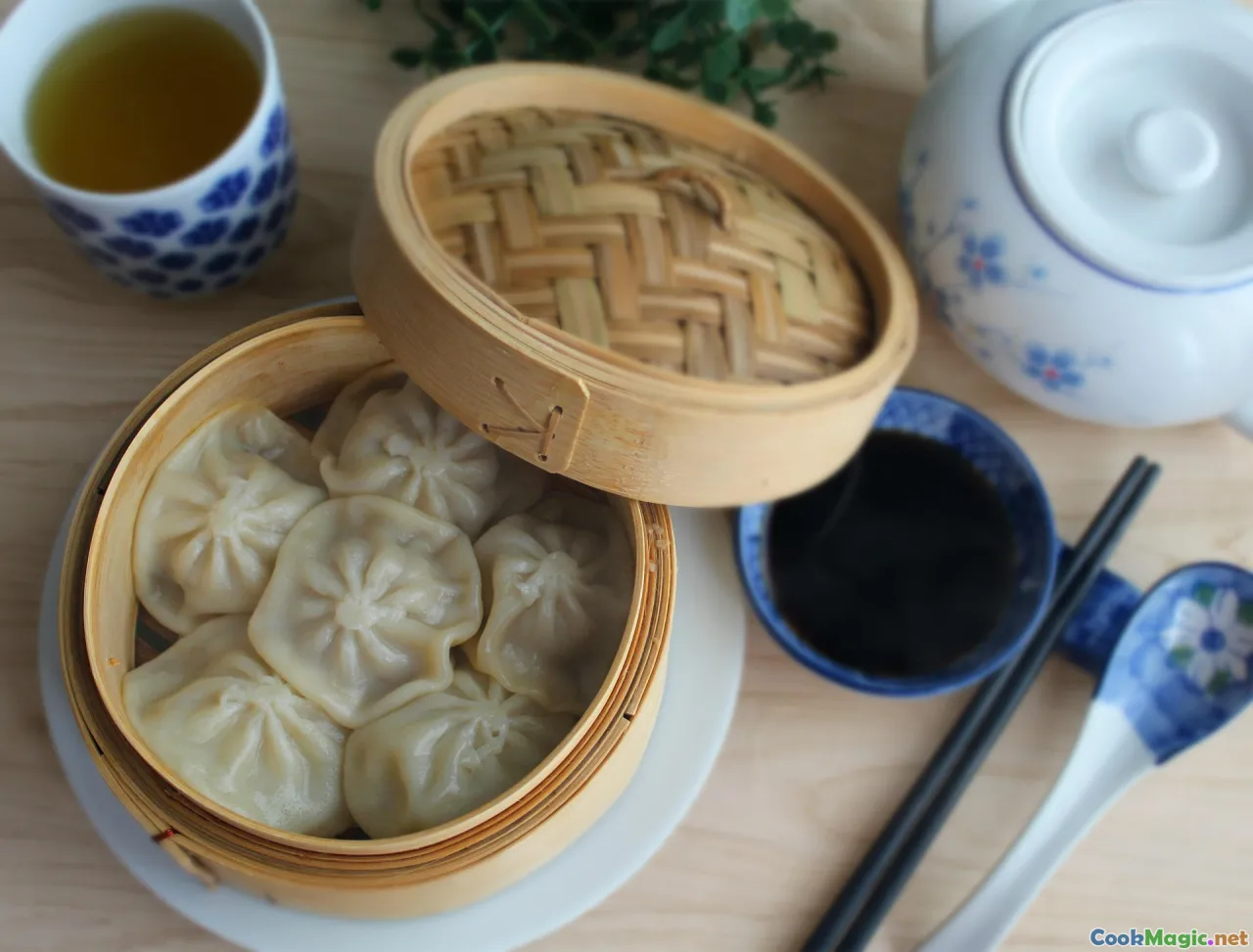
- Dough consistency: Ensure the dough is soft yet elastic—not sticky to touch, but capable of stretching.
- Fillings: Use room temperature fillings; hot fillings may cause the dough to collapse.
- Resting time: Allow the filled buns to rest for 10 minutes before steaming, as this helps develop the glaze and fluffiness.
- Avoid over-proofing: Over-proofed buns risk deflation during steaming.
- Steam right after assembly: For best results, steam buns soon after filling.
- Maintain steady steam: Rapid or uneven heating leads to wrinkled or deflated buns.
- Experiment with fillings and flavors: Incorporate local ingredients like salted eggs, shrimps, or even vegetarian options like shiitake mushrooms for a personalized touch.
Celebrating bánh bao in Vietnamese Festivals

In Vietnam, bánh bao is more than just street food; it is integrated into the cultural fabric. During Lunar New Year (Tết), families prepare traditional bánh bao as offerings or shared treats, symbolizing prosperity and harmony. Street vendors take pride in their steaming techniques, often passing recipes through generations, preserving the essence of Vietnamese hospitality.
Watching diligent vendors meticulously arrange stacked bamboo baskets, their work echoing a legacy of patience, care, and culinary artistry, reminds us that food in Vietnam is a celebration of life itself.
Embracing the Diversity of Steaming in Southeast Asian Cuisine

While this exploration centers on Vietnamese bánh bao, the Southeast Asian region offers a wide array of steaming traditions—from dim sum in Chinese communities to Thai bao, Filipino siopao, and Indonesian bakpao. Understanding these methods broadens appreciation for regional culinary diversity.
For instance, the Chinese influence in Vietnam has made bamboo steaming a core technique, yet each country adapts it with distinct flavors, fillings, and presentation styles that reflect local tastes and ingredients.
Steaming as a Cultural Bridge and Culinary Art
The beauty of steaming methods lies in their simplicity yet profound ability to invoke comfort, tradition, and shared heritage. When you prepare bánh bao using these techniques, you are not merely cooking; you are honoring centuries of cultural exchange and familial bonds.
Whether using the rustic charm of bamboo baskets or the technological precision of modern electric steamers, mastering these methods allows every home cook and chef to create pillows of happiness—soft, fragrant, and bursting with flavors—that tell stories of Vietnam’s rich history and vibrant future.
Let each steam rise as a symbol of tradition, innovation, and the universal language of good food. Happy steaming!









